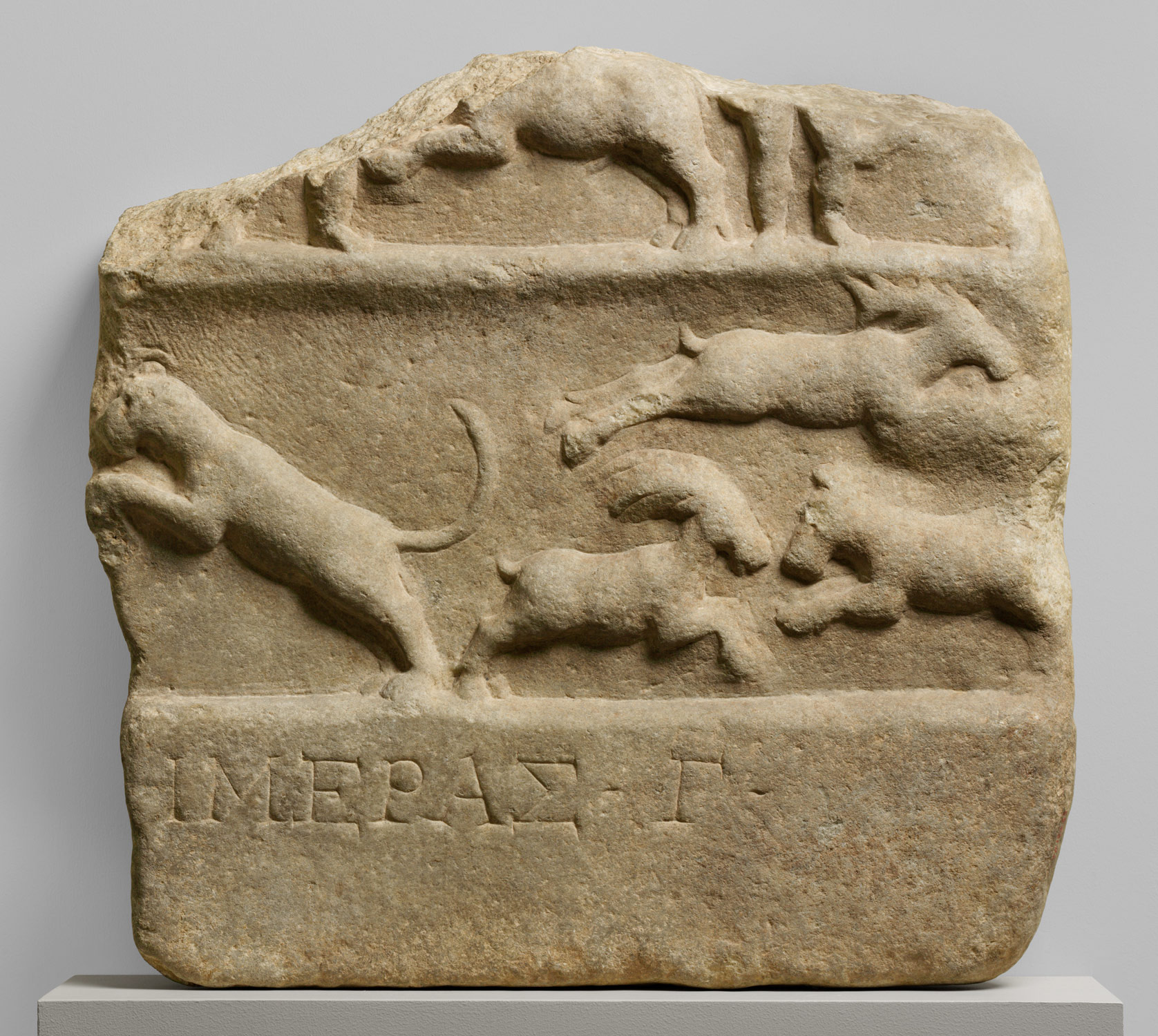Attic Greek Lead Relief Vessel Fragment

2 krater or crater mixing vessel a large vase known mostly for being used to water down wine.
Attic greek lead relief vessel fragment. Onesimos greek attic active 500 480 b c euphronios greek attic active 520 480 b c 10 1 cm 4 in 81 ae 214 a 19 open content images tend to be large in file size. To avoid potential data charges from your carrier we recommend making sure your device is connected to a wi fi network before downloading. Five joined fragments of a relief face of dionysos including part of the right eyebrow and eye nose and mouth. Onesimos greek attic active 500 480 b c 1 7 cm 11 16 in 81 ae 216 m 3 open content images tend to be large in file size.
Greek bronze vessels were made using two techniques. To the same relief face belong the fragments 81 ae 215 7 8 and 85 ae 191 3 4 with parts of the god s beard. Attic red figure cup type c fragment akestorides painter greek attic active about 470 450 b c 6 4 cm 2 1 2 in 86 ae 303 open content images tend to be large in file size. This information is published from the museum s collection database.
The conservation and restoration of ancient greek pottery is a sub section of the broader topic of conservation and restoration of ceramic objects. The bodies were generally hammered starting with a disc of thickened metal and raised slowly to the desired contour. Ancient greek pottery is one of the most commonly found types of artifacts from the ancient greek world. To these bodies were added by means of lead solder cast feet and handles.
Red figure vase vase painting attic pottery greek vase relief line contour line magna graecia reflectance transformation imaging rti 3d laser scanning confocal microscopy introduction greek attic pottery production began around the first half of the sixth century bce and lasted until about 331 bce boardman 2001 pp. Updates and additions stemming from research and imaging activities are ongoing with new content added each week. Ancient greek pottery due to its relative durability comprises a large part of the archaeological record of ancient greece and since there is so much of it over 100 000 painted vases are recorded in the corpus vasorum antiquorum it has exerted a disproportionately large influence on our understanding of greek society the shards of pots discarded or buried in the 1st millennium bc are. Common types greek vases and vessels included the 1 amphora a two handled jar with a narrow neck was used to store or carry wine or oils.
3 calyx krater a large krater a lower body is shaped like the calyx of a flower with two handles shaped so a psykter shaped vase can fit inside.
















































